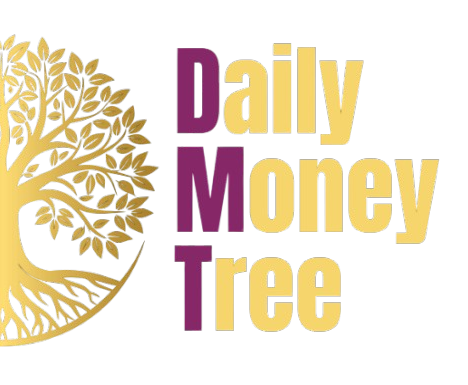Bitcoin halving is an event when the amount of Bitcoins that miners receive in exchange for processing transactions is cut in half, and it occurs once every four years. The last halving was in 2020, and the next one will occur in 2024.

If we take a close look at the data, past Bitcoin halving events have generated long-term bullish drivers for Bitcoin’s price. The Bitcoin halving event is directly related to its deflationary tendency and diminishes its supply, which pushes the price of BTC to rise.
The next Bitcoin halving will take place in spring 2024: what will be the impact on the price of BTC? Three halvings have already taken place so far, and in all cases, the price of Bitcoin rose the following year.
The past three Bitcoin halvings
The first halving took place in November 2012, just under four years after the start of Bitcoin mining, which took place on January 3, 2009, with the creation of the first block. At the time, Bitcoin was worth around $13, and the following year saw the first and largest speculative bubble ever to occur in the price of BTC. In fact, within about a year the price rocketed to a peak of $1,100, an 8,300% gain in less than twelve months.
It must be said that that first halving literally brought down the inflation rate of the Bitcoin money supply.
All existing BTC was created as a reward for miners who validated blocks, and initially, this reward was 50 BTC per block.
With a block approximately every 10 minutes, approximately 2.6 million bitcoins were created each year, and given that only 8 million BTC had been created by the end of 2011, the annual inflation rate of the Bitcoin money supply was then 32%.
With the first halving, the creation of new BTC fell to 1.3 million a year, and in the meantime, by the end of 2012, the BTC created had risen to 10.6 million, and the inflation rate of the Bitcoin money supply plummeted. at 12%.
Such a sudden collapse almost instantly reduced the supply of BTC in the market, starting a price increase due to relatively constant demand, and from January 2013 to November of the same year generated that incredible percentage of gains.
It is no coincidence that a large speculative bubble inflated the year following the second halving.
The second Bitcoin halving
The second halving occurred in July 2016 but did not immediately trigger growth.
At the time, the miner’s reward went from 25 to 12.5 BTC per block, bringing the number of new BTC minted each year to 650,000. As a total of around 16 million BTC had already been created by the end of 2016, the annual inflation rate of the Bitcoin money supply plummeted to 4%.
The price began to rise in October of the same year and then soared especially from April 2017.

During that year, the price reached $20,000, a gain of 1,700% from the previous high of 2013.
The third halving
The third and final halving took place in May 2020, when the miner reward was raised to 6.25 BTC per block.
So just under 330,000 new BTCs have been created every year since then, and given that 18.5 million Bitcoins had already been created by the end of 2020, the annual inflation rate of its money supply dropped below 2%.
In November of the same year, the price began to rise, and the last big bubble began to form the following month.
However, this brought the price of Bitcoin just below $70,000 in November 2021, i.e. with a gain of only 250% compared to the previous peak.
The next Bitcoin halving and price predictions
Given that a halving takes place automatically every exactly 210,000 blocks, and given that the 840,000 block is only a little less than 60,000 blocks away, with a block mined every about 10 minutes, it is estimated that the next halving will take place in the spring of 2024.
At that point, more than 20.3 Bitcoins will be created, and the reduction to 160,000 of the new BTCs created each year will bring the annual inflation rate of the Bitcoin money supply below 1%.

So it will not be a question of a real collapse, like the one that occurred in the 12% which suddenly brought this inflation rate from 32% to 12%, but of a much more contained reduction which will bring it from less than 2% to less than the ‘1%.
Therefore, it is unlikely that the 2024 halving will have a strong impact on the price of BTC, i.e. already in the spring or summer of the same year, because it will not greatly reduce the supply on the market.
Furthermore, all three halvings that have already taken place have caused the price of Bitcoin to increase less and less, going from +8,300% to +1,700% to +250%.
It is by no means impossible that in 2024, or 2025, the price of Bitcoin could increase, but it is unlikely that it will increase by that percentage.
If you want to learn more about staking, different ways to make a passive income with crypto, but also which coins will be the biggest gainers in the next bull cycle, I invite you to check out COPY MY CRYPTO.




